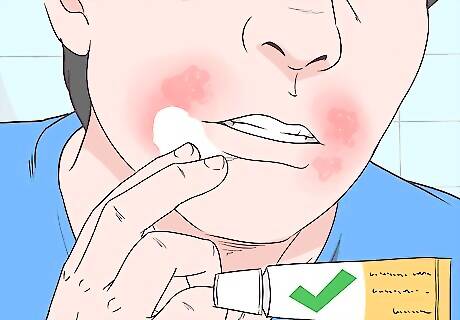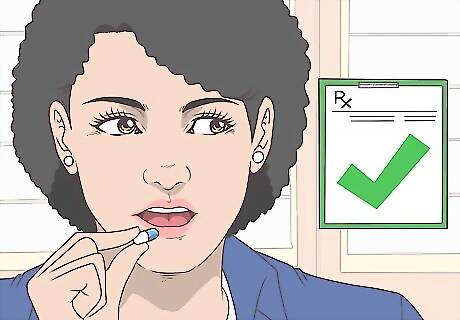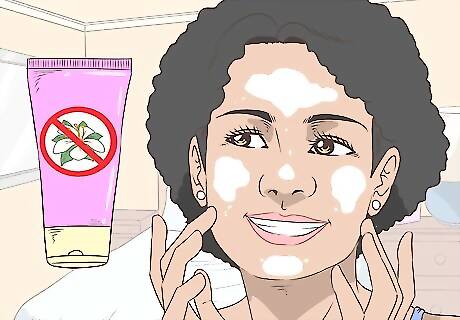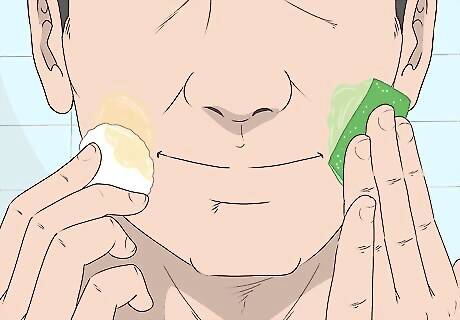
views
Using Medical Treatments

Refrain from using topical corticosteroids. The prolonged use of topical corticosteroid creams is the most common cause of perioral dermatitis. Cutting out topical medications or cosmetics, or “zero-therapy,” may help treat mild dermatitis. If you’re taking corticosteroids for a separate condition, ask your doctor to prescribe you an alternative treatment for your condition. If you’re unable to completely stop using corticosteroids right away, try phasing them out over time. Apply your cream less and less frequently over a couple of weeks until you no longer need it.

Apply topical antimicrobial creams as directed by your doctor. This type of topical therapy is most often used in mild or moderate cases of perioral dermatitis. Apply the cream every day, following the dosage instructions of your doctor, until the dermatitis has completely disappeared. It may take several weeks to a few months for your dermatitis to completely go away. Examples of topical antibiotics include erythromycin, clindamycin, metronidazole, pimecrolimus, and azelaic acid.

Take oral antibiotics if your doctor prescribes them to you. Oral antibiotics are the most reliably effective treatment option for severe perioral dermatitis. They’re typically taken in decreasing doses every day for 3-12 weeks. Tetracycline and erythromycin are 2 of the more commonly prescribed oral antibiotics for perioral dermatitis. Be sure to follow dosage instructions when taking antibiotics. Oral isotretinoin may be prescribed if no other treatments work.
Making Lifestyle Changes

Wash your face with warm water alone to clean your face. Refrain from using soap or a liquid cleanser on your face until the rash has disappeared. Be sure to be very gentle when washing your face, since scrubbing your face vigorously may make your rash more uncomfortable.

Use fragrance-free moisturizers to keep your face moisturized. Moisturizing is an important part of the treatment of perioral dermatitis. Apply moisturizer to your face each day, but refrain from using scented facial products, since these may irritate your rash. In fact, for milder forms of dermatitis, moisturizing may be the only required treatment.

Avoid exposing your skin to the sun when your dermatitis flares up. Keeping your rash away from the sun’s harmful rays may help to alleviate some of your symptoms. If you have to go out into the sun, use a wide hat to shield your face. Don’t use sunscreen on your face, since this may also irritate your dermatitis.

Consider using natural remedies to treat your symptoms. For example, some studies suggest that rubbing coconut oil on your rash as a skin moisturizer can help reduce inflammation, fight bacteria, and promote skin healing. Meanwhile, applying aloe vera to the affected area can also be used to treat and prevent redness in some instances of dermatitis. To use these remedies, use a cotton swab to apply a thin layer of the oil to your dermatitis by gently rubbing it in a circular motion onto the area. Not all natural remedies for perioral dermatitis have been thoroughly researched, so you should not rely on these as the principal treatment for your dermatitis.
Stop using fluoridated toothpaste. The fluoride in your toothpaste may cause perioral dermatitis when it comes into contact with your skin. If nothing else has worked to clear up the rash, try switching to a toothpaste without fluoride. Non-fluoridated toothpaste can be purchased from health food stores.



















Comments
0 comment